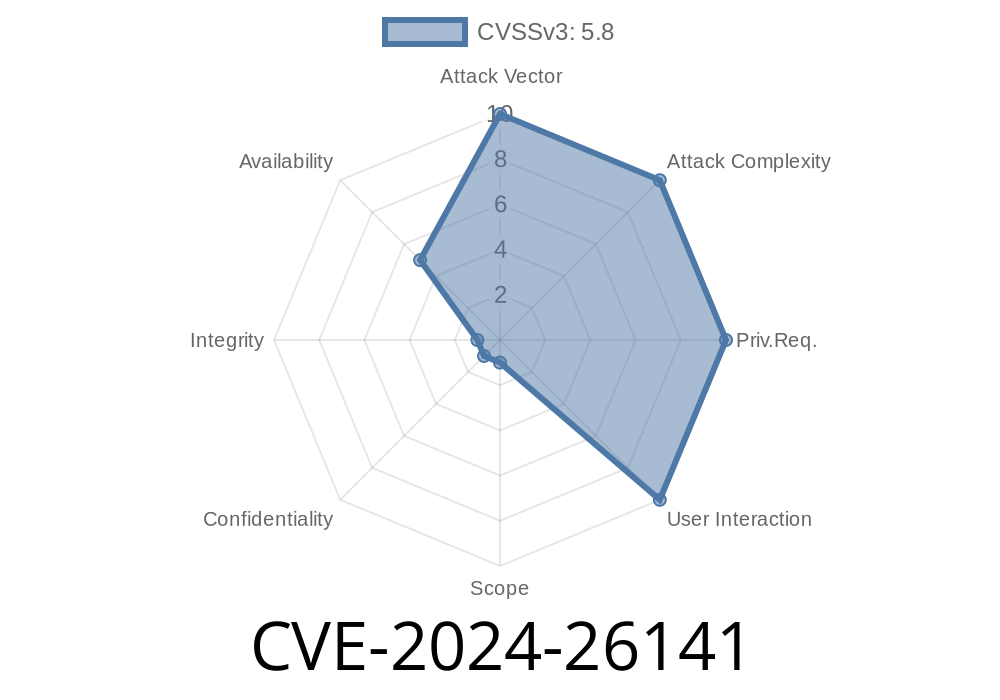Rack, a modular Ruby web server interface, has been found to have a security vulnerability identified as CVE-2024-26141. The vulnerability allows for the possibility of a Denial of Service (DoS) attack. This blog post will outline the details of the vulnerability, the affected applications, the exploit details, and the necessary steps to mitigate the risk. We will also refer to the original references and include code snippets to help clarify the issue at hand.
Vulnerability Details
Rack's vulnerability lies in the way it handles HTTP range headers. Carefully crafted range headers can exploit this vulnerability by causing the server to respond with an unexpectedly large response. This large response may lead to a denial of service issue, as the server is overwhelmed with the size of data it is processing.
This exploit primarily affects applications using the Rack::File middleware or the Rack::Utils.byte_ranges methods. This notably includes Rails applications, a popular Ruby web application framework.
The vulnerability has been fixed in 3..9.1 and 2.2.8.1 versions of Rack.
An example of a code snippet that could lead to the vulnerability is shown below
require 'rack/file'
use Rack::File, "/"
A malicious range header could be crafted like this
bytes=-18446744073709551616
Exploit Details
To exploit this vulnerability, an attacker would need to craft a malicious request containing a range header with an extremely large range value. When the server responds to this request, it will be unable to handle the large response, resulting in a denial of service.
Given that Rails applications are commonly affected, a typical Rails application might receive a request with a malicious range header. The Rack::Utils.byte_ranges method would then be used to process the range header, leading to the unintended large response and potentially a DoS attack.
Mitigation Steps
To mitigate the risk of this vulnerability, it is recommended to update the Rack library to the latest patched version, either 3..9.1 or 2.2.8.1.
This can be done by modifying the Gemfile in the affected Ruby project and updating the Rack version:
gem 'rack', '3..9.1' # or '2.2.8.1' for version 2.2
After updating the Gemfile, run bundle update rack in the terminal to update the Rack library.
By updating the library to a patched version, the vulnerability is addressed, and the risk of denial of service attacks is mitigated.
For additional information and the original references, please visit the following links
- Rack GitHub repository
- Rack Official Website
- Rack Changelog
- CVE Details
Conclusion
This post has provided a detailed overview of the CVE-2024-26141 vulnerability found in the Rack library, which could lead to potentially devastating denial of service attacks. By understanding the issue and implementing the necessary updates, developers can continue to utilize the Rack library in a secure and efficient manner. We strongly recommend updating to the patched version of Rack (3..9.1 or 2.2.8.1) to protect your Ruby applications from this exploit.
Timeline
Published on: 02/29/2024 00:15:51 UTC
Last modified on: 02/29/2024 13:49:47 UTC
